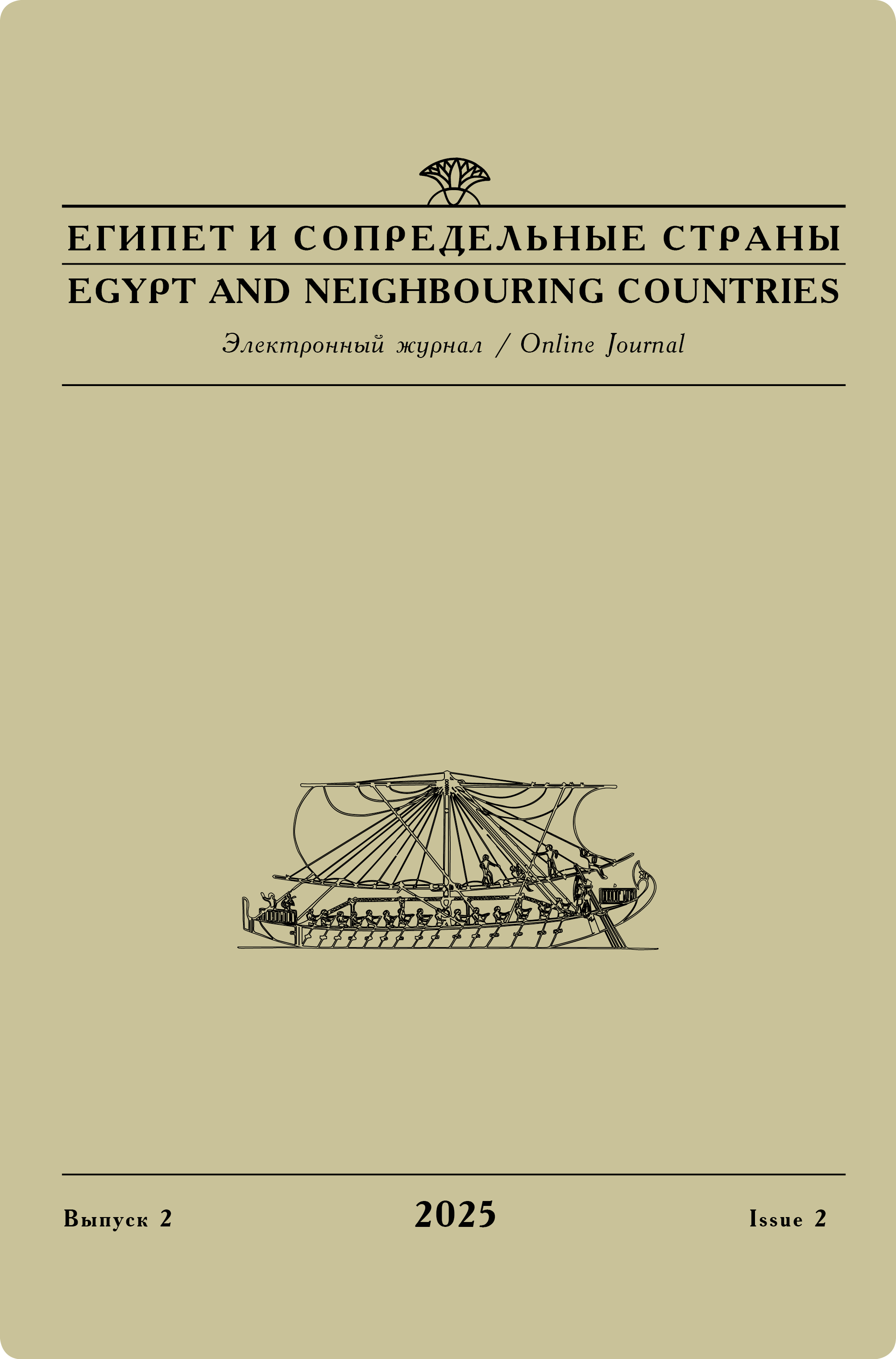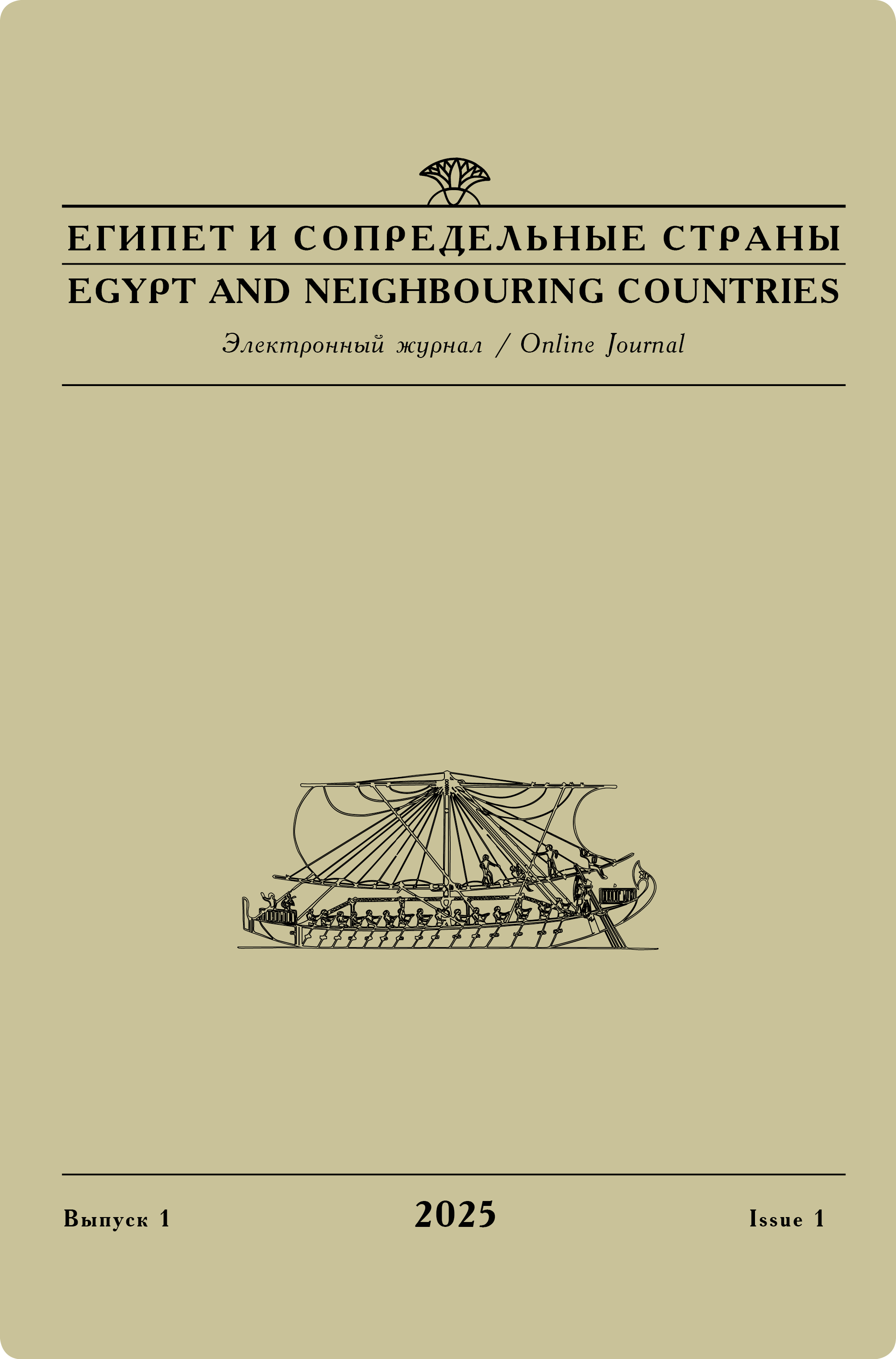Issue 1, 2020
O. V. Orfinskaya
Tekstil'nye tekhnologii Egipta: syr'evaia baza [Raw materials in Egyptian textile industry]
Flax was the major raw material in the Egyptian textile industry since the earliest periods. Later other materials appeared; for instance, cotton, which was mainly imported from India and Nubia. Hemp was also probably used time to time. Scale of using this material is difficult to be determined since hemp fibers cannot be identified by visual examination. Modern methods of research will allow identifying this material in collected Egyptian fabrics in future. Registered wool is mainly sheep’s, but there are also finds of goats’ and camels’ wool. Possibly, this list will be enriched with new entries after further detailed examination. Woolen textiles became widespread in Egypt in the Roman period, and in Byzantium times they were as popular as linen ones. Appeared in the Late Antiquity, silk costed much and was used for weaving samits and small decorative elements. Weed, leaves and fibers of date palms and other plants served Egyptians in course of all their history.
Keywords:
Egypt, textile, paleolith, predynastic period, pharaonic period, Antiquity, raw material, flax, linen, hemp, wool, silk, cotton.
Original language — Russian.
DOI: 10.24411/2686-9276-2020-00004.
Referring: Orfinskaya O. V. Raw materials in Egyptian textile industry [in Russian] // Egypt and neighbouring countries 1 (2020): 45–68. DOI: 10.24411/2686-9276-2020-00004.
Read full article




